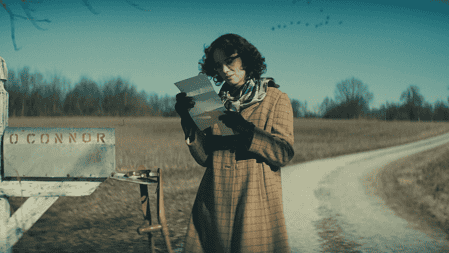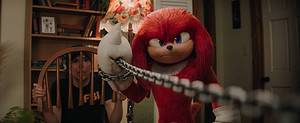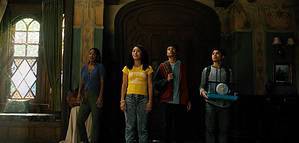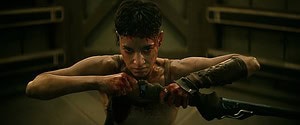The relationship between Humphrey Bogart and Lauren Bacall is one that stands out among the golden age of Hollywood lore. Although over two decades separated the two stars in age, the relationship on film in To Have and Have Not soon blossomed into an offscreen love that would last twelve years until his death in 1957. In addition to a full life in the public eye, the pair left behind a creative legacy of four films together that remain some of the strongest of the time period. The passion they had for one another was integral to the performances that they would deliver throughout their time together. Warner Archive has thankfully collected these four seminal works of fiction into one package that provides a perfect slice of film history. Check out our thoughts on all of the discs included in this set below.

To Have and Have Not (1944)
During World War II, American expatriate Harry Morgan helps transport a French Resistance leader and his beautiful wife to Martinique while romancing a sensuous lounge singer.
This first collaboration between Bogart and Bacall is the most straightforward of the four pictures, and perhaps the slightest. But, when you are comparing it to some of the best films early Hollywood had to offer, that is not truly a knock against it. Derived loosely from a novel from the great Ernest Hemingway, the film gives off an eerily similar feel as the more-famous Casablanca. The plot is pretty standard issue, but the style on display and chemistry between the leads is what is worth the price of admission. Director Howard Hawks (Bringing Up Baby) had the right instinct to develop the story to focus more on the romantic intrigue once he saw the two of them playing off one another. Watching these two sizzle on screen together makes it no surprise that they eventually ended up together in real life. Special attention should also be paid to the multi-faceted performance from Walter Brennan as Harry’s alcoholic sidekick, Eddie. If nothing else, we have this movie to thank for introducing a famous line into pop culture regarding how to whistle.
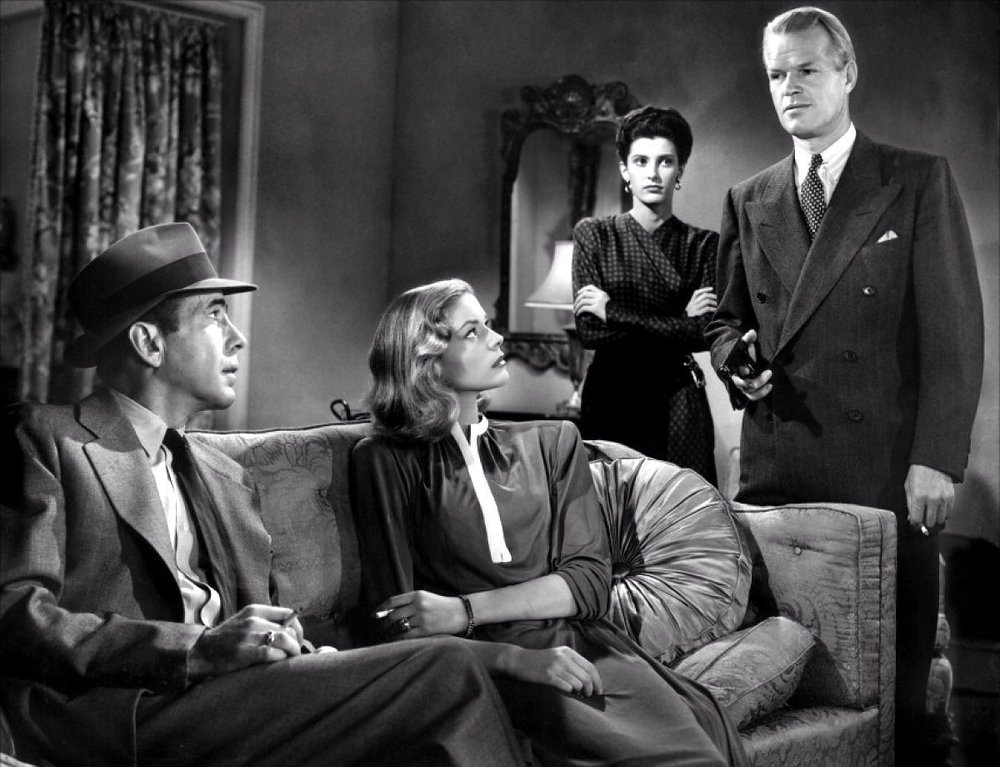
The Big Sleep (1946)
L.A. private eye Phillip Marlowe takes on a blackmail case…and a trail populated with murderers, pornographers, nightclub rogues, the spoiled rich and more. Humphrey Bogart plays Raymond Chandlers’ legendary gumshoe and director Howard Hawks serves up snappy character encounters (particularly involving Lauren Bacall), brisk pace and atmosphere galore in the certified classic.
If To Have and Have Not played it a bit more straight, The Big Sleep opts for a more sprawling, twisty tale that offers up plenty of thrills and surprises throughout. It is hard to pick a favorite among these films, but this second collaboration between the pair may just clinch the top spot. Phillip Marlowe is arguably one of Bogart’s strongest performances, and Bacall ups her game as the mysterious older sister of the Rutledge family, Vivian. The Big Sleep is not a film which you should watch casually, as plot developments and previously unheard character names are thrown around recklessly and it is your responsibility as an audience to keep up. Even then, the plot may not equal up to something completely comprehensible, but the film makes even that work somehow. Howard Hawks once again does an excellent job of creating a wonderfully rundown world in which these characters struggle to survive. If you are looking for an essential detective tale pulsing with crackling dialogue and wonderful character interactions, it does not get much better than this one.
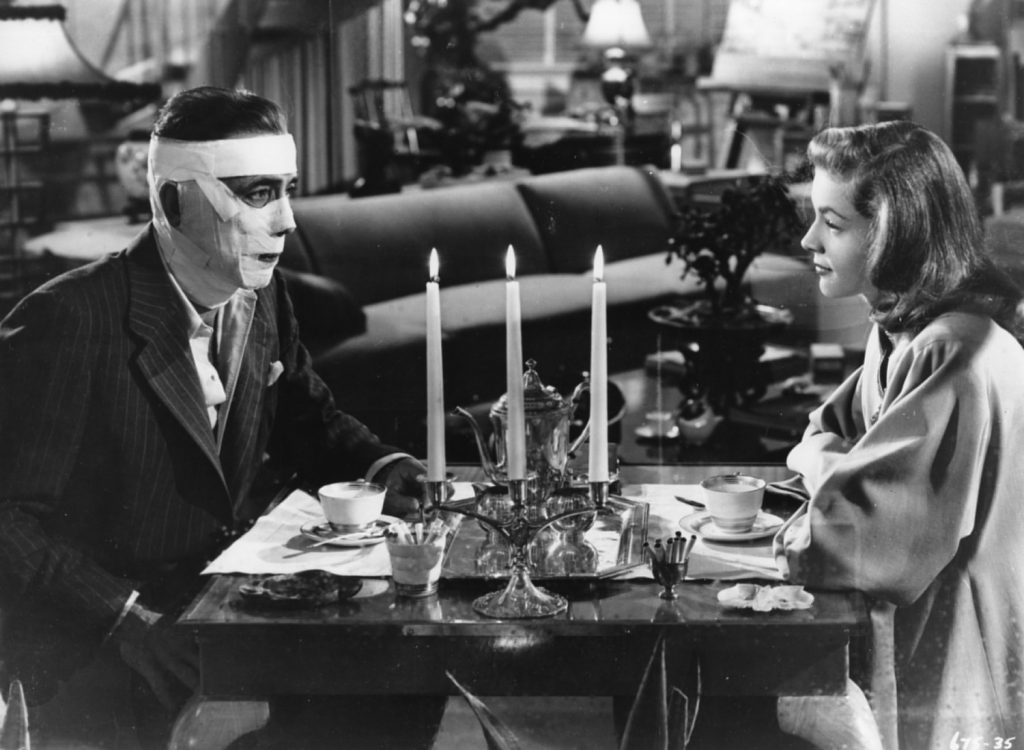
Dark Passage (1947)
Bogie’s on the lam and Bacall’s at his side in Delmer Daves stylish film-noir thriller that’s the third of four films Humphrey Bogart and Lauren Bacall made together. Bogart is Vincent Parry, a prison escapee framed for murder who emerges from plastic surgery with a new face. Bacall is Irene Jansen, his lone ally. In sharp support, Agnes Moorehead plays a venomous harpy finding pleasure in the unhappiness of others. The chemistry between the leads is undeniable, augmented here with exceptional tenderness. Exceptional too are San Francisco locations and creative camerawork that shows Vincent’s point of view but not his face until bandages are removed. Lest Irene get ideas, post-surgery Vincent tells her: Don’t change yours. I like it just as it is. So do we.
The pair’s third outing amps up the noir aspect even more to immensely satisfying levels. The creative choice to spend the first half of the film from the point of view of our protagonist is truly wild. You have Bogart’s voice guiding you through the story, but the fact that you do not get to see your leading man’s face, especially a star such as Bogart, throughout most of the film feels very daring. Bacall is less mysterious in this film than the previous one, but the way in which she plays Irene with a hopeful longing is endearing. One of the things that makes this film stand out in this collection is the way in which it almost feels like a horror film in some respects. The scene in which Vincent is getting the plastic surgery devolves into a nightmarish sequence that rivals the uneasiness present in early horror films. The film plays fast and loose with believability, but that is part of the charm. The movie tells you to believe that this dramatic reconstruction could occur in such a measured way, and you buy into it for the sake of the film. The supporting cast are up to high standards set by our leading duo, especially the deliciously devious Agnes Moorehead (Bewitched), who does not hold back in her final scene. This may just be the most fun of the four films in this set.
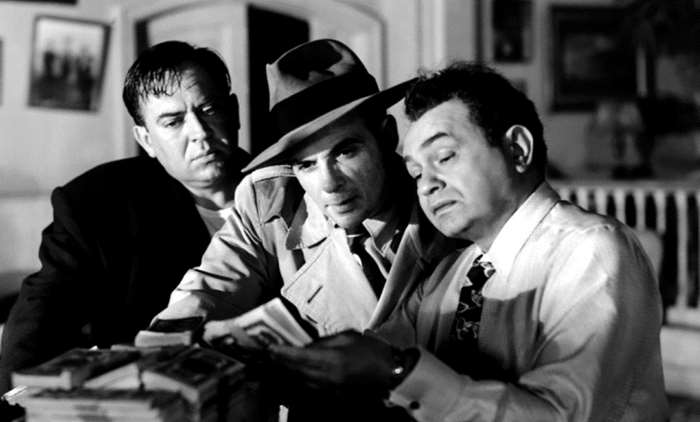
Key Largo (1948)
Three innocent people trapped by a storm -and a killer hurricane swells outside, but it’s nothing compared to the storm within the hotel at Key Largo. There, sadistic mobster Johnny Rocco (Edward G. Robinson) holes up – and holds at gunpoint hotel owner Nora Temple (Lauren Bacall), her invalid father-in-law (Lionel Barrymore) and ex-GI Frank McCloud (Humphrey Bogart). McCloud’s the one man capable of standing up against the belligerent Rocco. But the postwar world’s realities may have taken all the fight out of him. John Huston cowrote and compellingly directs this film of Maxwell Anderson’s 1939 play with a searing Academy Award-winning* performance by Claire Trevor as Rocco’s gold-hearted, boozy moll. In Huston’s hands, it becomes a powerful, sweltering classic.
The final on-screen pairing between Bogart and Bacall is a truly fantastic place to leave their creative entanglements. While not exclusively in one location, the movie primarily takes place within the confines of one hotel where Huston expertly ratchets up the tension with every little development. This film arguably has the best pacing of any of the included films, as there is seldom a moment wasted not moving the plot forward in some interesting manner. This also happens to be the film where the supporting cast members outshine the marquee leads with some nuanced performances. No stranger to film noirs, Edward G. Robinson (Double Indemnity) makes a huge impression as gangster Johnny Rocco. Lionel Barrymore likewise looms large over the proceedings as the beleaguered hotel proprietor. This is a film brimming with attitude and style even within its limited scope. By the time you reach the thrilling conclusion, the film will have you on the edge of your set regardless of what you believe about traditional Hollywood endings.
Video Quality
The four films in Bogart & Bacall: The Complete Collection come to Blu-Ray courtesy of Warner Archive sourced from 4K & 2K scans of the preservation fine grain masters. While it would be easy to break each of these down individually, the quality is uniformly excellent across the board and there would be a lot of repeating thoughts. The beautiful black-and-white photography sparkles in high definition with natural grain intact. The contrast is well defined, and there is virtually no print damage to be found during any of these films. The preservation efforts that Warner undertakes with their films always give them a renewed lease on life that is a treasure for film fans. There is an incredible amount of detail present with nice texture on the costumes and in the gritty production design. Black levels are appropriately deep with no trace of black crush or compression artifacts. The quality of these transfers is simply staggering to behold.
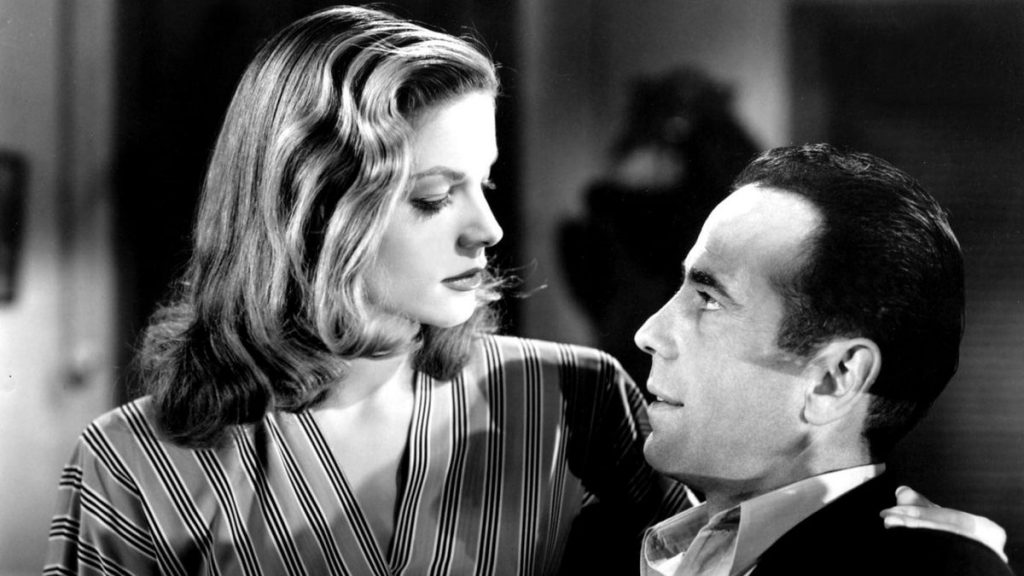
Audio Quality
All four Blu-Ray discs come with DTS-HD 2.0 Master Audio tracks that are likewise quite fabulous. Dialogue and background noises are represented perfectly along with powerful scores from the likes of Franz Waxman and Max Steiner.. No sounds ever overpower the classic dialogue that is of the utmost importance to the films. There is no discernable age related wear and tear to the tracks such as hissing or popping. While mostly dialogue driven throughout, the more kinetic moments are handled with ease and give the tracks a bit of punch. There are also optional English (SDH) subtitles included for the feature films. Warner Archive has provided the best sounding audio tracks we could ever hope for on these discs.
Special Features
To Have and Have Not
- Bacall To Arms (1946): A six-minute animated Merry Melodies cartoon which ties directly into the movie. The short features a movie theater filled with amusing characters showing a To Have and Have Not parody film with caricatures of our dynamic duo. This is a fantastic addition to the disc.
- A Love Story – The Story of To Have and Have Not: An eleven-minute featurette which explores the Bogart and Bacall romance featuring interviews with Leonard Maltin, Robert Osborne and Bogart biographer Eric Lax. This also gives some background information on the development of the film from the Ernest Hemingway novel.
- Trailer: A nearly three-minute trailer that showcases a lot of the most notable moments from the film. It does an admirable job of showcasing all of the selling points for the film.
- Lux Radio Broadcast: A 59-minute long 1946 radio broadcast of the story with Bogart and Bacall reprising their roles with the remaining cast members from the film replaced for this performance. This is an entertaining bit of history that is worth a listen.
The Big Sleep
- 1945 Alternate Version
-
- Introduction by Robert Gitt: A minute-long introduction from film archivist Robert Gitt in which he gives context to a pre-release version of the film that was discovered that greatly alters the film. Gitt highlights that the film is not necessarily better, but it is an interesting piece of history.
-
- 1945 Alternate Version: The complete 1945 version of the film is included in standard definition. While only two minutes longer than the main 1946 version, this version contains about 20 minutes worth of footage not seen in the 1946 version.
-
- 1945/1946 Comparisons: A 36-minute featurette in which Gitt gives greater context as to why the different versions exist including how WWII delayed the film, why Bacall’s fledgling career stalled the film and more. Gitt then continues to actually guide you through the differences in each version. This is an essential supplement for fans of the film.
- Theatrical Trailer: A fascinating two-minute trailer in which Bogart and Bacall play characters in a library looking for “a good mystery” like The Maltese Falcon followed by clips from the film. This gets major points for creativity

Dark Passage
- Hold Your Breath and Cross Your Fingers: A nearly eleven-minute TCM featurette on the making of Dark Passage featuring interviews with Leonard Maltin, Robert Osborne and Bogart biographer Eric Lax. The piece delves into Bacall’s career post To Have and Have Not, the development of the film, Bogart and Bacall’s political activism and more. TCM always does an excellent job with pieces such as this one, so it’s great that Warner Archive included this here.
- Slick Hare: A nearly eight-minute Merry Melodies short featuring Bugs Bunny and other classic characters at a fancy Hollywood restaurant. An animated Humphrey Bogart has a hankering for fried rabbit, which puts Bugs in an awkward position. This is hilarious and looks gorgeous in high definition.
- Theatrical Trailer: A two-minute trailer which plays up Bogart and Bacall’s previous successes while trying to hype up this newest collaboration. You do not really get a sense of the darkness that plays a large part in the film.
Key Largo
- Trailer: The two-and-a-half-minute trailer gives a bit too much away for my personal comfort, but it is admittedly effective when it comes to selling the movie.
Final Thoughts
Bogart & Bacall: The Complete Collection is an essential look at one of the most iconic couples in cinema. Throughout their four films together, the pair had an innate ability to channel their connection into something palpable on screen, which led to the release of some truly outstanding movies. Each film has its own identity that allows this set to offer up some diversity in story while still delivering engrossing narratives. This Blu-Ray collection collects the four previous individual releases into one lower-priced set in a nice space-saving package. All of the discs offer a fantastic A/V presentation and some noteworthy extras. This is a set that no film fan should be without. Essential
Bogart & Bacall: The Complete Collection can be purchased directly through Warner Archive or various other online retailers.
Note: Images presented in this review are not reflective of the image quality of the Blu-Ray.
Disclaimer: Warner Archive has supplied a copy of this set free of charge for review purposes. All opinions in this review are the honest reactions of the author.
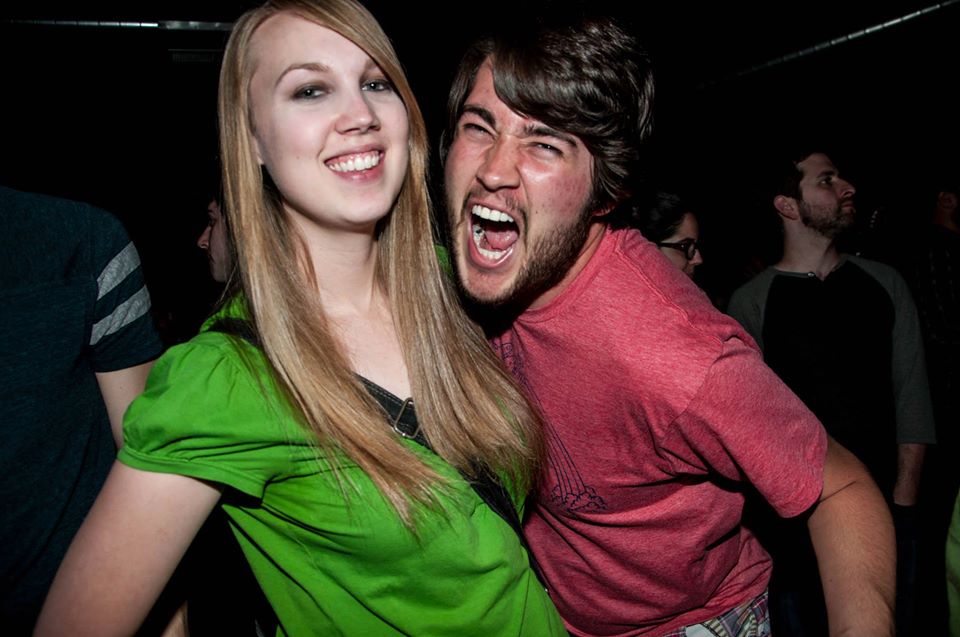
Dillon is most comfortable sitting around in a theatre all day watching both big budget and independent movies.



